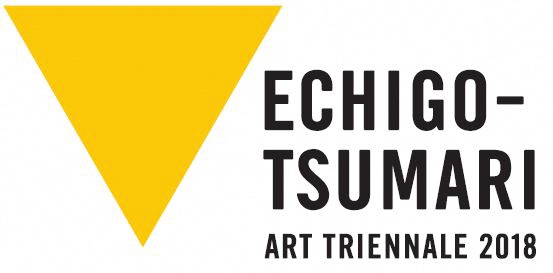Meiji and Taisho Periods
The Meiji government actively adopted Western technologies under the government’s policy of increasing wealth and military power and encouragement of new industry, embarking on modernization across various fields. Gold and silver mines in the Aikawa-Tsurushi Area came under the direct management of the Meiji government in 1869 (Meiji 2), marking the beginning of its modernization under the guidance of foreign engineers.
Gower, an English mining engineer instructed how to explode ore with gunpowder and incorporated the use of mining carts for efficient transportation. Another English engineer, Scott, instructed workers on operating Western machinery. Meanwhile, Jenning from the United States improved gold and silver production by adopting the mercury amalgamation process, and Leh from Germany successfully excavated a vertical shaft (Odate Shaft) to transport large quantities of ore.
Having taken its first step toward modernization under the direction of foreign engineers, the mines were eventually taken over by Japanese engineers who had studied Western techniques, further accelerating its development. A key figure in this transition was Oshima Takato, who engaged in mine development since the late Edo period and was appointed Director of the Sado mine Bureau in 1885 (Meiji 18). He contributed to the excavation of the Takato Shaft and the construction of Oma Port. In 1887 (Meiji 20), Watanabe Wataru, a fellow alumnus of the Freiberg Mining School (now Freiberg University of Mining and Technology) in Germany, joined its development. Watanabe engaged in the construction of the Ainoyama Stamp Mill, and introduced cutting-edge rock drills and Western-style pumps. He used aerial ropeways to transport ore and soil for the first time in Japan. During this period, the Sado mine was recognized as a “model mine” in Japan, attracting trainees from mines and universities nationwide. Additionally, the Sado Mining School was established to cultivate skilled engineers.
After the mine was transferred to the Mitsubishi Limited Partnership in1896 (Meiji 29), the power source for machinery transitioned from steam to electricity. In 1908 (Meiji 41), the Kitazawa Thermal Power Plant was completed, followed by the Tojigawa No.1 Hydroelectric Power Plant in 1915 (Taisho 4). The mine developed under the management of the Mitsubishi Limited Partnership until its closure in 1989 (Heisei 1).
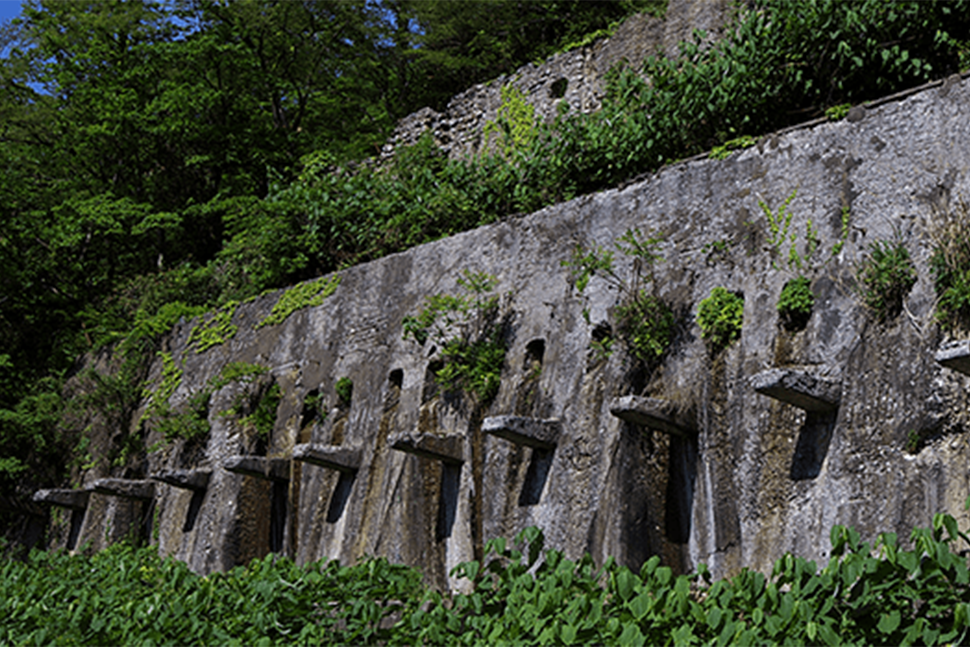
Ainoyama Stamp Mill (National Historic Site/Important Cultural Landscape)
Photo by Nishiyama Hoichi
Ainoyama Stamp Mill
Completed in 1891 (Meiji 24), this facility was used to crush ore and smelt it using mercury, allowing the extraction of gold and silver from the ore which was discarded until then.
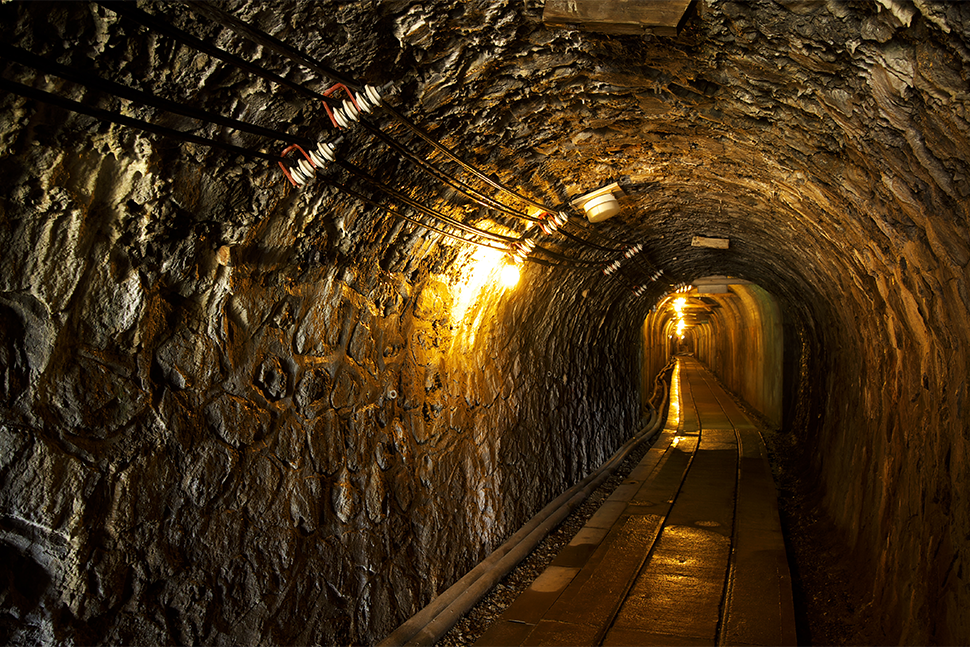
Doyu Adit Photo by Nishiyama Hoichi
Doyu Adit
Opened in 1899 (Meiji 32), this adit is also known as Tsudo Adit. Today, remnants include a 200m-long stone wall and a concrete tunnel extending Jisuke Adit with a track of mining carts. During operations, battery-powered locomotives, mining carts, workers, mining tools and maintenance materials frequently moved through this tunnel. (National Historic Site/Important Cultural Property/Important Cultural Landscape)
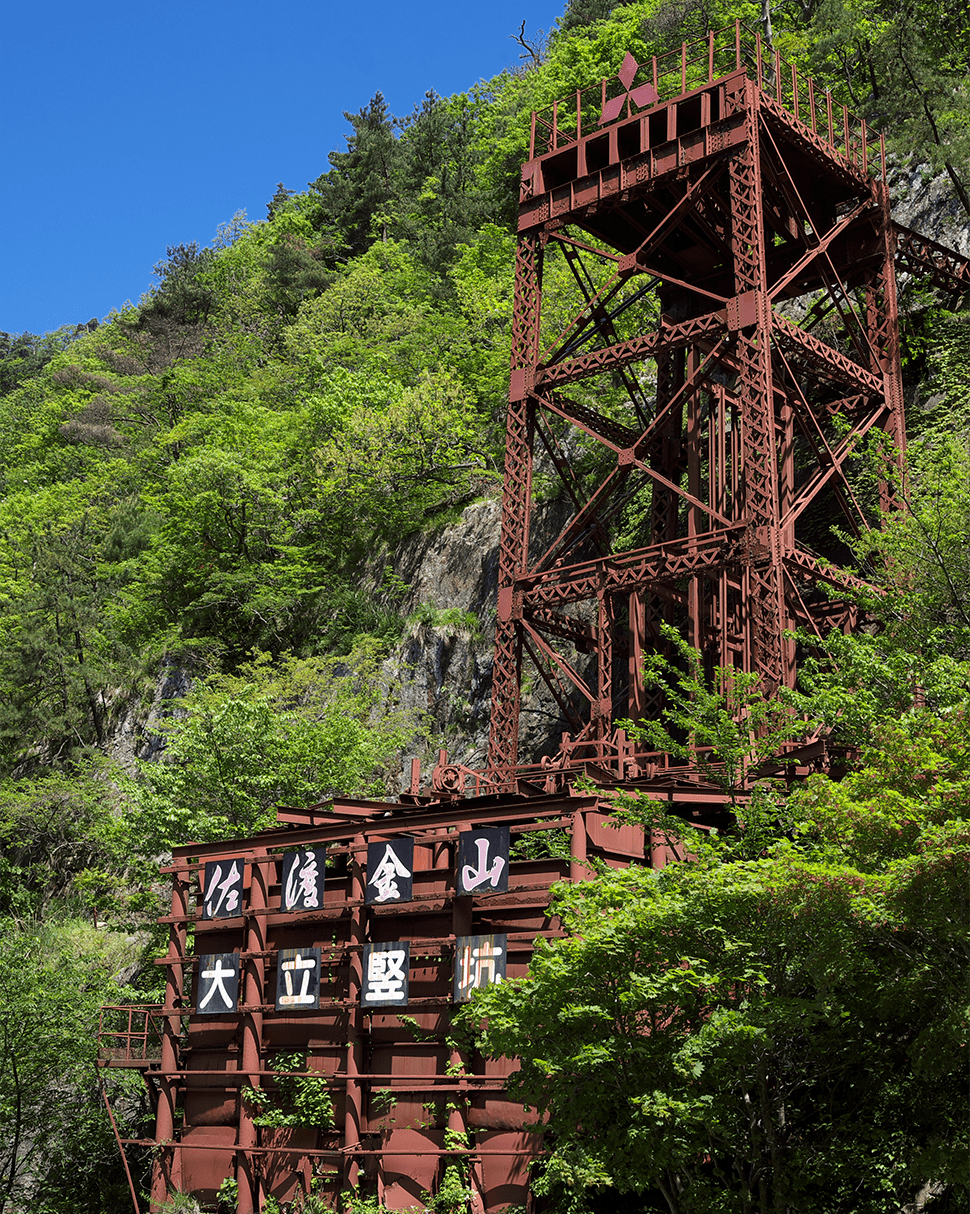
Odate Vertical Shaft Photo by Nishiyama Hoich
Odate Vertical Shaft
Completed in 1877 (Meiji 10), this was Japan’s first Western-style vertical shaft in a precious metal mine. Excavation shifted from manual labor to the use of machines and dynamite, and mining carts were introduced to transport a large amount of ore at a time. The deepest point is 352 meters. (National Historic Site/Important Cultural Property/Important Cultural Landscape)
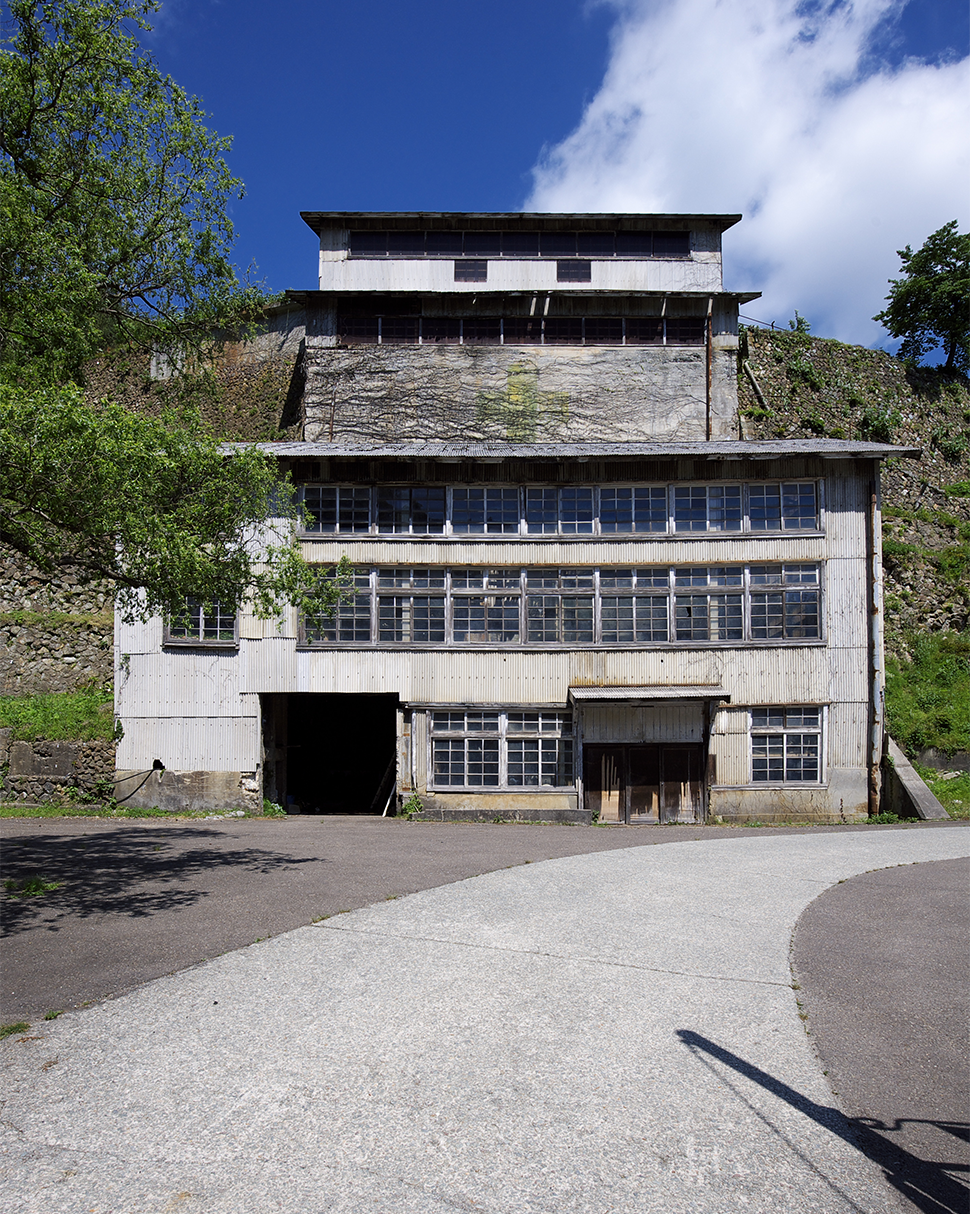
Takato Crushing Plant Photo by Nishiyama Hoichi
Takato Crushing Plant
Constructed around 1937 (Showa 12), this plant was used for the primary crushing of ore until 1989 (Heisei 1). Ore transported from the tunnel by mining cart was dropped from above, sorted, and crushed by machinery before being carried to storage via a belt conveyor.(National Historic Site/Important Cultural Property/Important Cultural Landscape)
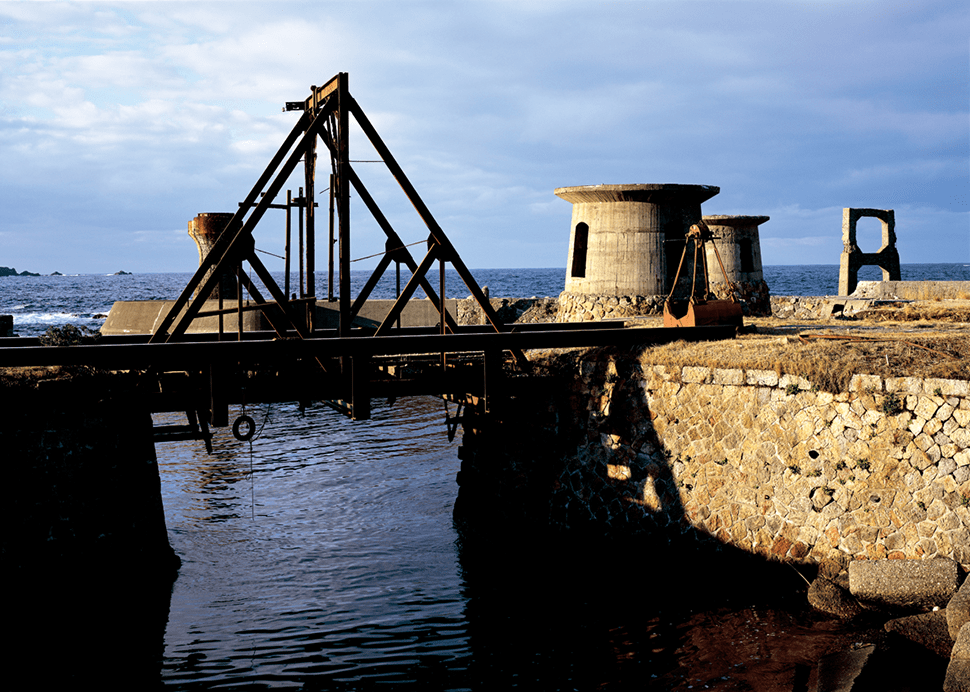
Oma Port Photo by Amano Takashi
Oma Port
Built in 1892 (Meiji 25) before concrete came widespread, this port used the “Tataki construction method” for carrying out ore and materials used in the mine such as coal. The truss bridge in the center of the photograph allowed mining carts to drop ore directly onto the ship below. (National Historic Site/Important Cultural Landscape)
Showa Period
With the outbreak of the Sino-Japanese War in 1937 (Showa 12), the government ordered mines nationwide to increase the production of gold and silver to import war materials from abroad. Many new facilities were constructed at the mining area to boost production of gold and silver. The wooden headframe at Odate Shaft was replaced with a steel structure, and the ore-crushing plant with various types of machinery was built in the Takato area.
In the Kitazawa area, the giant 50m-diameter “Thickener” and a flotation plant, reputed to be the largest in Asia, were constructed. These developments significantly increased gold and silver production, and in 1940 (Showa 15), the Sado mine recorded its highest-ever gold output, producing 1,538 kg per year. As the war intensified, however, national policy prioritized the production of copper, which was used for military materials, transforming the Sado mine from a gold and silver producer into a copper producer. It continued to operate until the end of the war.
After the war, the Sado mine resumed the production of gold and silver, but as high-quality ore deposits decreased, it closed in 1989 (Heisei 1).
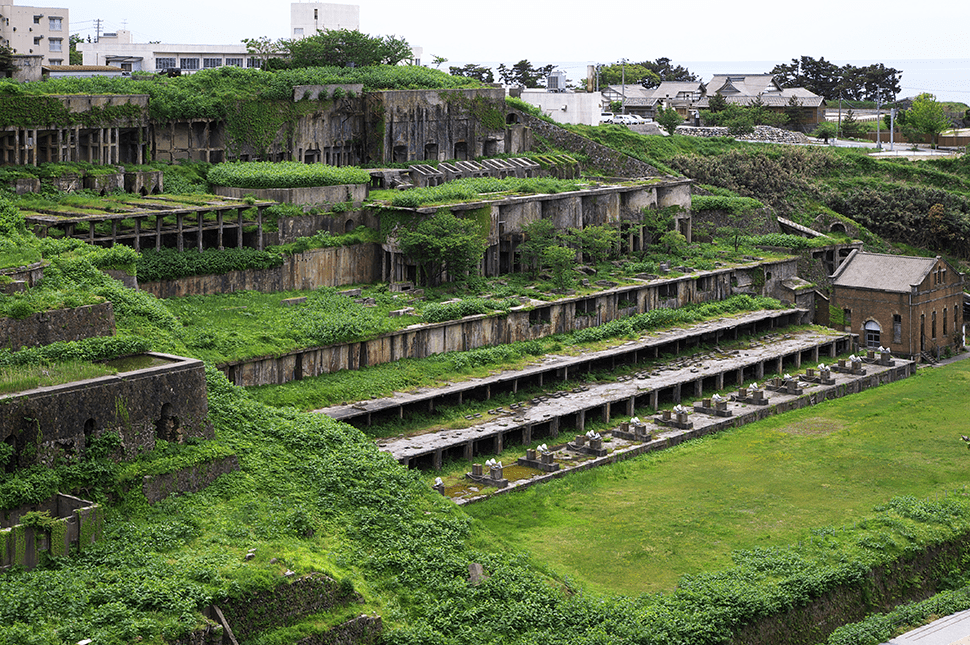
Kitazawa Flotation Plant Photo by Nishiyama Hoichi
Kitazawa Flotation Plant
Completed in 1940 (Showa 15), this plant was constructed to enhance gold production. Today the roof and other structures have been removed, leaving only the concrete foundations. Here gold and silver were separated and recovered in the froth floatation process. (National Historic Site/Important Cultural Landscape)
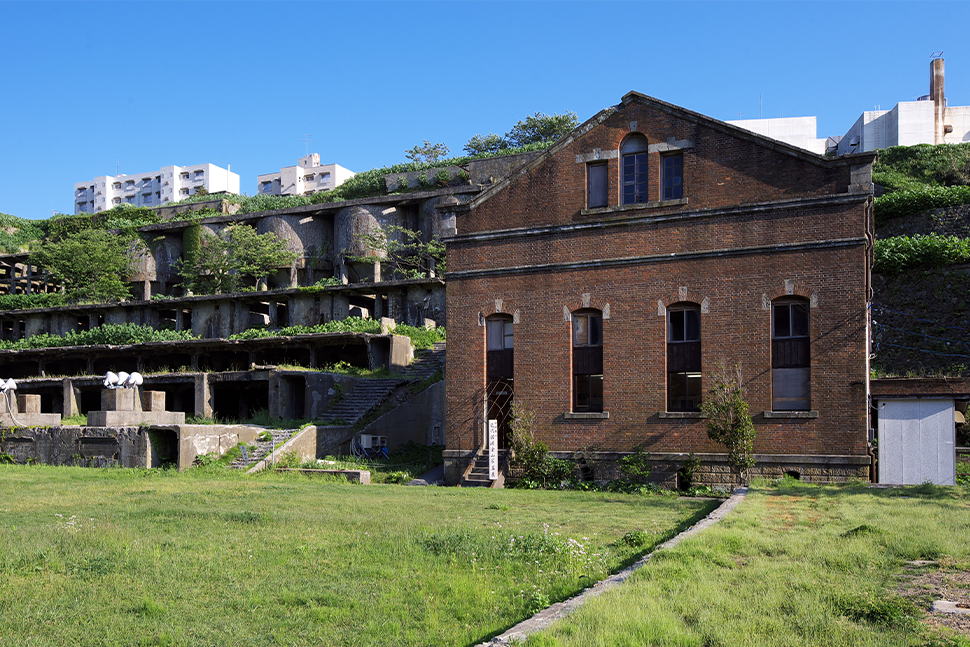
Kitazawa Thermal Power Plant, a power generator station
Photo by Nishiyama Hoichi
Kitazawa Thermal Power Plant
Built in 1908 (Meiji 41), this thermal power plant was constructed to replace the steam engines that were the main source of power with electricity, which had an output of 500 kW. The remaining structure, built using English bond brickwork, was one of the three buildings and served as the generator hall. Today, it houses historical photographs from the Meiji to Showa periods. (National Historic Site/Important Cultural Landscape)
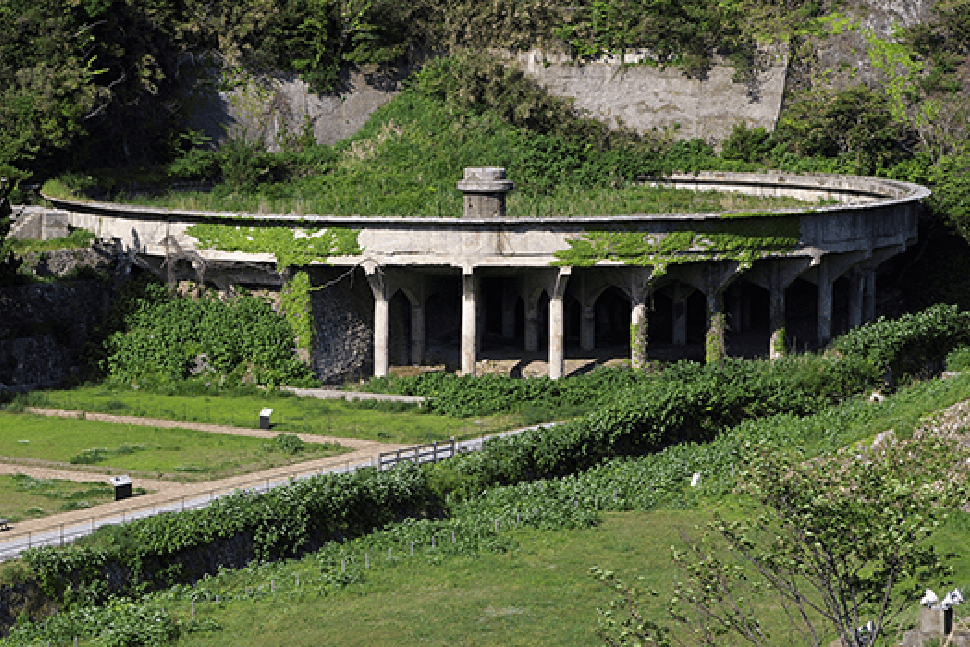
Kitazawa 50m Thickener
Photo by Nishiyama Hoichi
Kitazawa 50m Thickener
Constructed in 1940 (Showa 15), this 50-meter-diameter circular sedimentation tank was used to separate muddy minerals from water. There were no large rivers in Aikawa area, so seawater was partially used for industrial purposes. However, to prevent equipment and machinery from rusting, fresh water for industrial use was secured here. (National Historic Site/Important Cultural Landscape)







